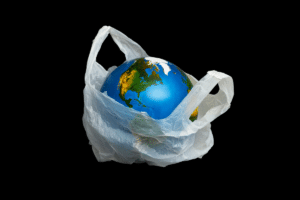Single-use plastics are one of the most widely available and widely used forms of plastic on the market. These include water bottles, straws, bread tags, grocery bags, etc. The purpose of single-use plastics is simple: use them once and toss them. It is a staple item in modern society’s desire for cheap and convenient products. Even if you are a recycling individual, it is almost impossible to avoid using single-use plastics in some capacity in your daily life.
Plastic bags to carry our groceries and takeout home with, the wrapper on your favorite snack while on the go, the straw in that iced caramel macchiato you get every morning: all little things on their own. Once you add those daily occurrences up over a year it quickly adds up, and that’s just for one person. Modern conveniences such as straws and bottles are so easily accessible and rapidly thrown away that most of us (myself included) can easily pay no mind. However, the harsh reality is that single-use plastics come at a heavy toll on us and the environment. This toll will be on us for tens of thousands of years, long after we are gone. This reliance on plastic has created devastating effects on every ecosystem on the planet. This impact seeps into our waters, wildlife, resources, food supplies, and our very bodies.
What Are Single-Use Plastics?
Single-use plastics, or disposable plastics, are designed to be used just once before being discarded or recycled. These plastics are produced primarily from fossil fuel-derived chemical compounds called petrochemicals. These single-use plastics are typically used and thrown out in minutes. For example, the average time a grocery bag is used is just 12 minutes. The most common uses for single-use plastics are for packaging and service ware, such as straws, cutlery, wrappers, bottles, and takeout containers.
Plastic has only been around since the 1860s, but it started to become mainstream after the 1950s. A particular uptrend in plastic consumption began in the 1970s. Plastic became a replacement for glass and paper products due to it being cheaper and more durable. A common example would be glass milk jars and soda bottles being replaced with plastic jugs and plastic bottles. Up to 9 billion tons or more of plastics have been produced since the 1950s, with 50% of this production from the early 2000s.
Popularity Contest
Why is plastic so popular? Simply put, it has limitless applications across every sector imaginable. Some of these applications are important, like medical tools, surgical gloves, and dental equipment. The desire to create products that are cheap but durable while providing a useful service for people is an objectively rational reason to lean on plastics. There is a line between using plastic to help mankind and using plastic to make life more convenient, however. Studies show that more than 50% of all plastic consumption is single-use items.
Why Is Using Single-Use Plastics Bad?
The desire to have cheap and convenient items is a double-edged sword. On one side, accessibility to goods and services is more affordable than ever. On the other side, we invest in convenience over quality since “we can always buy more.” This mentality fails to consider long-term impacts, and that is what we are paying for now. The reliance on plastic is only escalating an already massive issue. Currently, we produce approximately 300 million tons of plastic each year. We throw out roughly 13 million single-use bottles every year. Most bottles get recycled only 30% of the time. Less than 10% of all plastic makes it to recycling facilities, and only about 12% gets incinerated. If those numbers do not strike fear into you for the future of our planet, I’m not sure what will.
Can We Truly Stop Using Plastic?
It is a lofty goal to completely eradicate plastic production and use, so right now reduction is the goal. Reducing plastic use is quite effective in decreasing the overall waste of plastic to an extent. Some of these methods include using reusable bags when shopping, using reusable bottles, and carrying aluminum straws are all helpful in avoiding single-use plastics while navigating daily life. There are many other things you can do, and we will touch on those soon.
Recycling Helps
Recycling as frequently as you can will help reduce plastic waste. PETs (polyethylene terephthalate), commonly found in water bottles, can be recycled and repurposed for use in the automotive and clothing industries. As I stated earlier, only roughly 9% of all plastic gets recycled. It ends up in landfills or litter somewhere if not recycled. Some single-use items such as straws, can holders, cutlery, and bags are difficult to recycle because of their size and dimensions.
Degradation Is A Lie
One of the biggest reasons single-use plastics are so detrimental to the environment is that they don’t truly degrade. Plastics break down, but not the same way organic materials like paper or fruit peels would if you threw them outside. Plastic breaks down over time with light and heat, but this takes hundreds of years, and microplastics remain. Despite the fact that the naked eye cannot see microplastics, they are everywhere. Literally, every ecosystem on earth contains microplastics. They end up in plants, animals, and even in people. Once inside wildlife and other animals, microplastics can accumulate over time and cause a range of health problems.
For humans, exposure to microplastics can cause serious health issues over time as well. Even exposure to chemicals used to make plastic can create health problems in humans. Bisphenol A (BPA), a chemical added to plastic for durability, is potentially responsible for several diseases. Hormonal disruption, sperm dysfunction in men, infertility, cancer, diabetes, and more have a link to BPA. Cancers in humans have a link to DEPH, a phthalate added to plastic for flexibility.
The Plastic Pollution Crisis

Even though you can see the litter on the streets and fields, it’s the trash you cannot see that has a big impact. Water is becoming more and more contaminated with plastic pollution every day. One garbage truck full of plastic gets dumped into the oceans every minute! Not only that, but even water pathways such as streams and rivers only push more plastic into larger bodies of water via rain and storms. It is estimated that up to 93% of plastic enters oceans via rivers. This is the equivalent of 4+ million metric tons annually pumped into oceans via smaller water pathways and coastal city pollution.
The Oceans Suffer Most
When it comes to ocean plastic pollution, marine animals bear the burden. Whales and other animals eat this plastic and then die of organ punctures and intestinal plugs. Plastic has been found in the stomachs of beached whales, turtles, and marine birds. By 2050, it is estimated that plastic will outweigh all fish in the oceans! Humans are not safe from this marine crisis. Humans eat seafood, and seafood is being contaminated with microplastics from the breakdown in water.
Climate Change
Climate change is another price we pay for plastic use. Plastic contributes to the carbon footprint and adds to greenhouse gases throughout its entire lifespan. Methane is released while fossil fuels and raw materials are gathered for plastic production. Plastic refineries release greenhouse gases while converting crude oil into plastic. High levels of pollution are emitted at natural gas plants where ethane is broken down for plastic products being made. If our goal is reducing the carbon footprint, over-reliance on plastics is not helping.
Should We Ban Single-Use Plastics?
The burden of plastic addiction is noticeable across various communities and ecosystems across the globe. Many countries have made plastic reduction efforts with bans. In the US, New York has a ban on plastic bags. The UK has a tax on plastic bag use, charging you more money to use them as motivation to switch to reusable bags. Kenya in particular has a ban on single-use plastics that carries a penalty as severe as a $41,000 fine or up to four years in prison. Cities in the US such as Seattle and Miami outlawed plastic straws.
These bans help prevent millions of tons of plastics from entering oceans and other ecosystems each year. It’s a small dent in the already astronomical amount of waste out there, but every little bit helps. These bans also slow down the production of more plastic since the market demand for more decreases as consumers use less plastic. When consumers say “no more single-use plastics,” companies and businesses eventually catch on and look for alternatives to appease customers and keep making money. If people demand sustainable materials for their convenient commodities, companies will have to listen.
Avoiding Single-Use Plastics
See? I told you we would touch base on this. Individual choices add up over the long term. Individual choices can impact community choices, which makes its way further up until cultural shifts take place. A single change can create massive impacts on the future of our planet. Below are some tips for you to help avoid single-use plastics.
What you can do:
- Take reusable bags to the store for shopping and picking up takeout. If you forget your reusable bag, request paper bags at checkout.
- Stay home and cook more. By cooking at home, you don’t do takeout as often. This decreases how many plastic containers you throw out yearly.
- Buy a metal/bamboo straw. This one is one I did years ago. I bought a metal straw and took it with me everywhere so I wouldn’t have to grab a plastic straw. I surprised myself by how often I needed it.
- Ask for non-plastic alternatives when out and about. Anytime you go out to eat, ask if they have non-plastic options for cutlery, cups, straws, etc. Any switch you can make that day helps!
- Buy reusable cutlery. Big fan of eating out? A fan of sushi perhaps? Reusable chopsticks and other cutlery are available and save tons of plastic cutlery from making its way into the oceans and other ecosystems.
- Let companies know you care about their packaging practices. With today’s social media reach, businesses are more accessible and influenced by everyday people now than ever. Reach out to your favorite supplement company or bottle company and tell them you care about what they use to pack their products. Tweet, PM, DM, and call them all and tell them to look for more biodegradable options that are better for the environment. Don’t know of anything like that. Check out BioBottles, and then reach out to your favorite companies and tell them all to switch their bottles. Tell them all that if their label doesn’t day BioBottles on it, you won’t buy it!

